Camera ready: unseen works by Irving Penn get an airing in Dallas
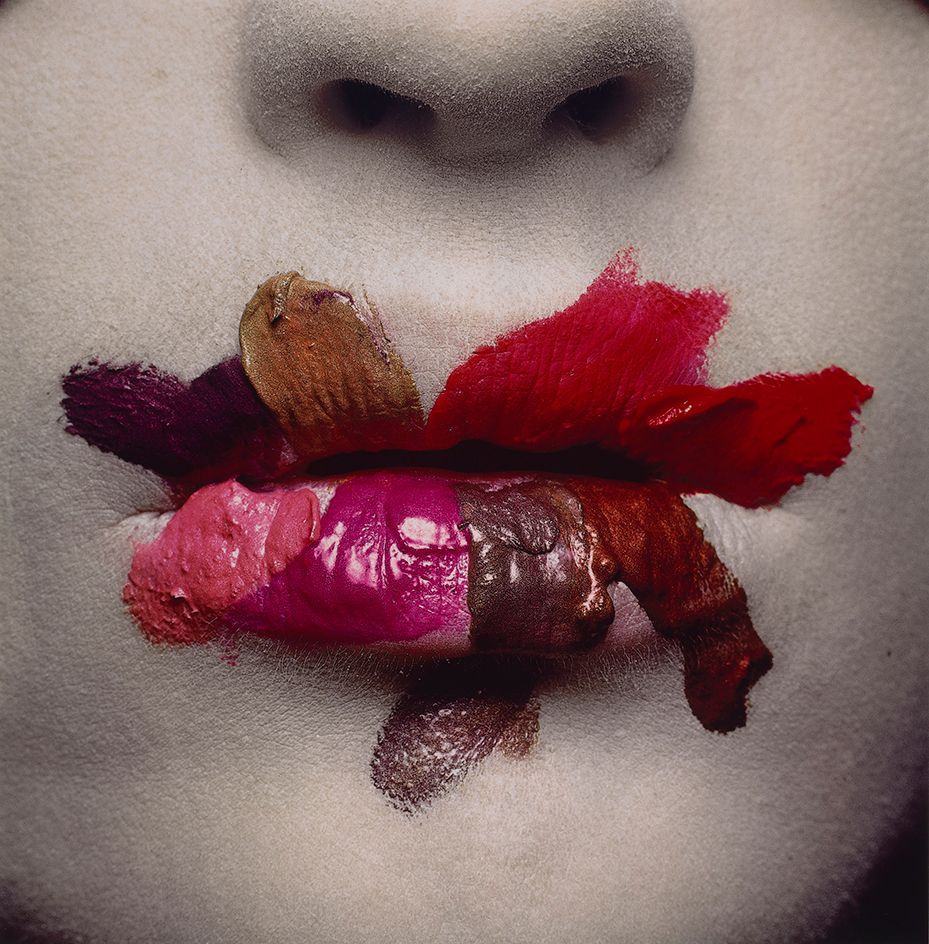
To many, Irving Penn is known as the man behind the lens of several iconic fashion images – from the 1950 photo of his wife, model Lisa Fonssagrives-Penn in a Rochas Mermaid gown, to the 1995 photo of a bee sitting atop a pair of rosy – (almost) literally bee-stung – lips. But Penn also had a creative side away from fashion, capturing urban social snapshots in the United States and tribal women in Africa. Now, for the first time, many of his unseen works are on display at the Dallas Museum of Art in ‘Irving Penn: Beyond Beauty’, the first comprehensive retrospective of his work in two decades.
‘He saw beauty as an absolute value,’ says Sue Canterbury, the Pauline Gill Sullivan associate curator of American art at the Museum. ‘You see this thread running throughout his work, whether it’s a fashion model in Paris, or a biker in San Francisco with Hell’s Angels, or the people he shot in his travels in Peru, New Guinea, or Morocco.’
The exhibition, which features around 140 photographs, takes viewers through what Penn saw from behind his lens, from early street scenes of Philadelphia and New York in the late 1930s, to his images of the residents of Cusco, Peru in the 40s and native Dahomey girls in the late 60s. Also included are famous portraits of artists and intellectuals like Salvador Dalí and Langston Hughes, and Penn's surveys of the post-Second World War European working class.
As the show leads on to his fashion work, Penn’s gift for fashion photography becomes evident in the way the silhouettes of the clothes become sleek sculptures. ‘Before he stepped in, fashion shoots were situational,’ says Canterbury. ‘You created a tableau vivant. He changed it by creating these wonderful plain backgrounds. The result is that there is no distraction from the clothes.’
Penn was a master of composition, darkroom developing and still life, and had an eye for making anything beautiful – even the flattened street trash he photographed in platinum in the 1970s. He saw beauty in everything, even boxes of frozen produce (photographed in 1977). ‘It was very innovative, the way that he [thought], and also the way that he saw things could be shot,’ concludes Canterbury.
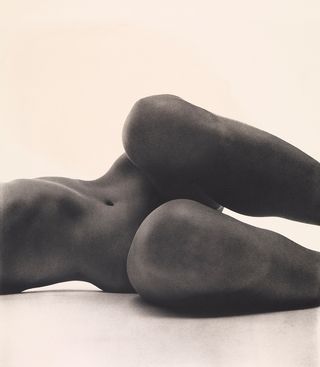
'He saw beauty as an absolute value,' says Sue Canterbury, the Pauline Gill Sullivan associate curator of American art at the Dallas Museum of Art. Pictured: Nude No. 58, c.1949–1950
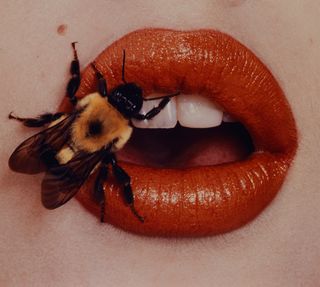
The exhibition, which features about 140 photographs, takes viewers through what Penn saw from behind his lens. Pictured: Bee, 1995
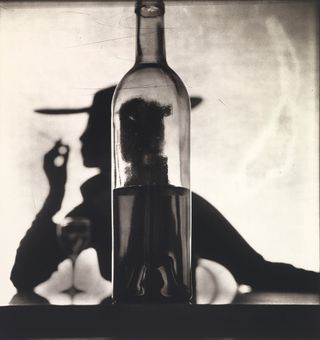
As the survey leads on to his fashion work, Penn’s gift for fashion photography becomes evident, here in the way the silhouettes of the clothes become sleek sculptures. Pictured: Girl Behind Bottle (Jean Patchett), 1949
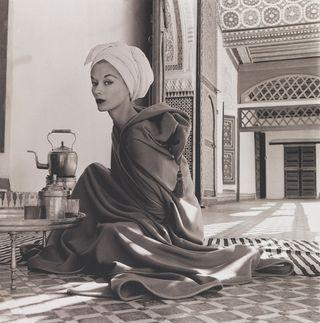
The exhibition also features some of Penn's most iconic images, including Woman in Moroccan Palace (Lisa Fonssagrives-Penn), 1951 (pictured)
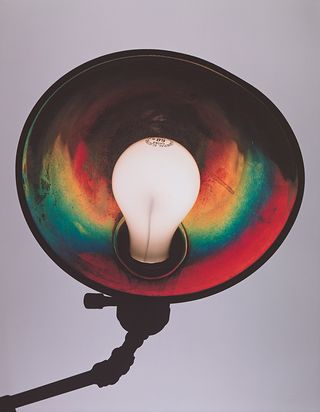
Penn was a master of composition, dark-room developing and still life, and had an eye for making near anything beautiful. Pictured: Bedside Lamp, 2006
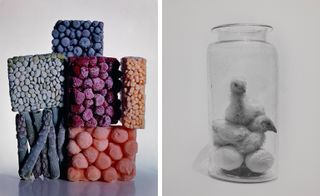
'It was very innovative, the way that he [thought], and also the way that he saw things could be shot,' says Canterbury. Pictured left: Frozen Foods, 1977. Right: Chicks in a Jar, Mexico, 1942
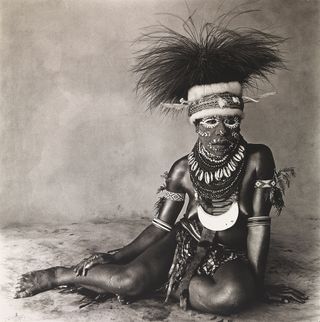
‘He saw beauty as an absolute value,’ says Canterbury. ‘You see this thread running throughout his work, whether it’s a fashion model in Paris, or a biker in San Francisco with Hell’s Angels, or the people he shot in his travels in Peru, New Guinea, or Morocco.’ Pictured: Sitting Enga Woman, New Guinea, 1970
INFORMATION
’Irving Penn: Beyond Beauty’ is on view until 14 August. For more details, please visit the Dallas Museum of Art’s website
Photography courtesy of the Irving Penn Foundation and the Dallas Museum of Art
ADDRESS
Dallas Museum of Art
1717 North Harwood Street
Dallas, Texas
Wallpaper* Newsletter
Receive our daily digest of inspiration, escapism and design stories from around the world direct to your inbox.
Ann Binlot is a Brooklyn-based freelance writer who covers art, fashion, design, architecture, food, and travel for publications like Wallpaper*, the Wall Street Journal, and Monocle. She is also editor-at-large at Document Journal and Family Style magazines.
-
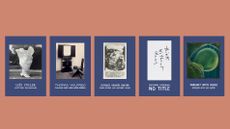 The Further Reading Library is a new collection of esoteric art and design books
The Further Reading Library is a new collection of esoteric art and design booksCollating the forgotten histories of left-field creatives, this new publishing imprint reveals hitherto unseen artistic experiments from the past
By Jonathan Bell Published
-
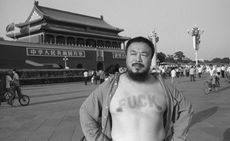 Ai Weiwei's major retrospective in Seattle is a timely and provocative exploration of human rights
Ai Weiwei's major retrospective in Seattle is a timely and provocative exploration of human rights'Ai, Rebel: The Art and Activism' of Ai Weiwei is on now at the Seattle Art Museum
By Hadani Ditmars Published
-
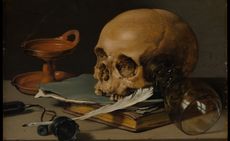 The memento mori art inspiring Japanese Breakfast's new album
The memento mori art inspiring Japanese Breakfast's new albumSinger Michelle Zauner of Japanese Breakfast is inspired by 17th-century Dutch vanitas works for her new album cover
By Rachel Cabitt Published
-
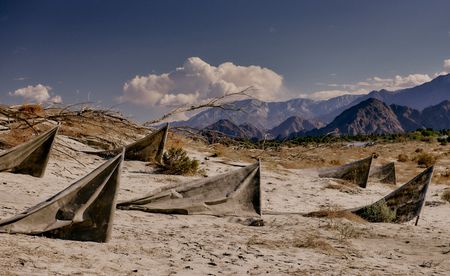 The forming of a new American dream: on site at Desert X
The forming of a new American dream: on site at Desert XWill Jennings reports from the epic art festival in the Coachella Valley
By Will Jennings Published
-
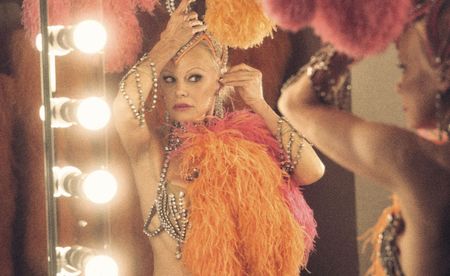 In ‘The Last Showgirl’, nostalgia is a drug like any other
In ‘The Last Showgirl’, nostalgia is a drug like any otherGia Coppola takes us to Las Vegas after the party has ended in new film starring Pamela Anderson, The Last Showgirl
By Billie Walker Published
-
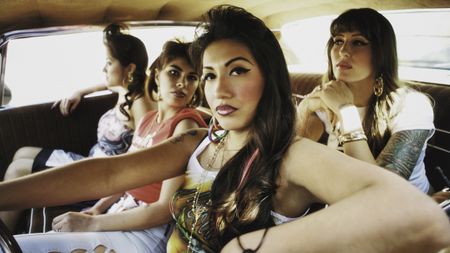 ‘American Photography’: centuries-spanning show reveals timely truths
‘American Photography’: centuries-spanning show reveals timely truthsAt the Rijksmuseum in Amsterdam, Europe’s first major survey of American photography reveals the contradictions and complexities that have long defined this world superpower
By Daisy Woodward Published
-
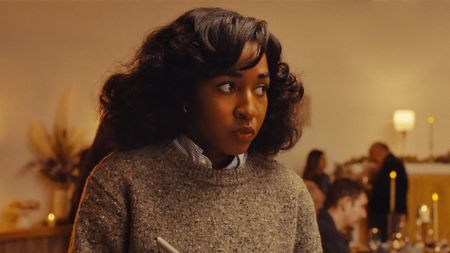 Sundance Film Festival 2025: The films we can't wait to watch
Sundance Film Festival 2025: The films we can't wait to watchSundance Film Festival, which runs 23 January - 2 February, has long been considered a hub of cinematic innovation. These are the ones to watch from this year’s premieres
By Stefania Sarrubba Published
-
 What is RedNote? Inside the social media app drawing American users ahead of the US TikTok ban
What is RedNote? Inside the social media app drawing American users ahead of the US TikTok banDownloads of the Chinese-owned platform have spiked as US users look for an alternative to TikTok, which faces a ban on national security grounds. What is Rednote, and what are the implications of its ascent?
By Anna Solomon Published
-
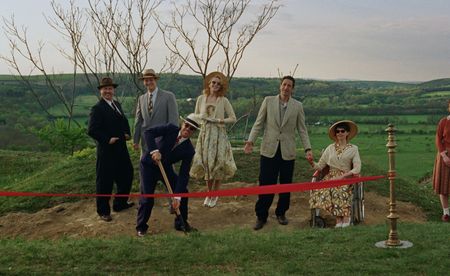 Architecture and the new world: The Brutalist reframes the American dream
Architecture and the new world: The Brutalist reframes the American dreamBrady Corbet’s third feature film, The Brutalist, demonstrates how violence is a building block for ideology
By Billie Walker Published
-
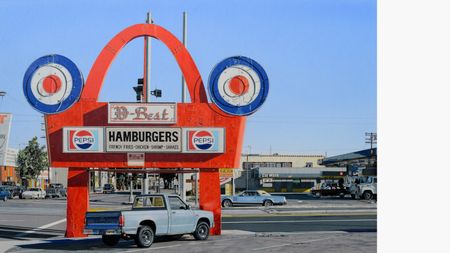 ‘Gas Tank City’, a new monograph by Andrew Holmes, is a photorealist eye on the American West
‘Gas Tank City’, a new monograph by Andrew Holmes, is a photorealist eye on the American West‘Gas Tank City’ chronicles the artist’s journey across truck-stop America, creating meticulous drawings of fleeting moments
By Jonathan Bell Published
-
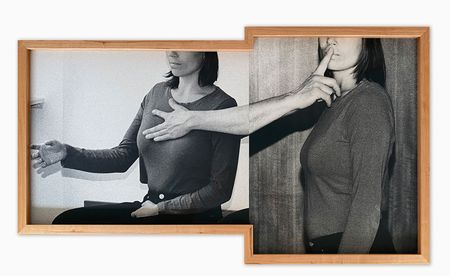 Intimacy, violence and the uncanny: Joanna Piotrowska in Philadelphia
Intimacy, violence and the uncanny: Joanna Piotrowska in PhiladelphiaArtist and photographer Joanna Piotrowska stages surreal scenes at the Institute of Contemporary Art at the University of Pennsylvania
By Hannah Silver Published